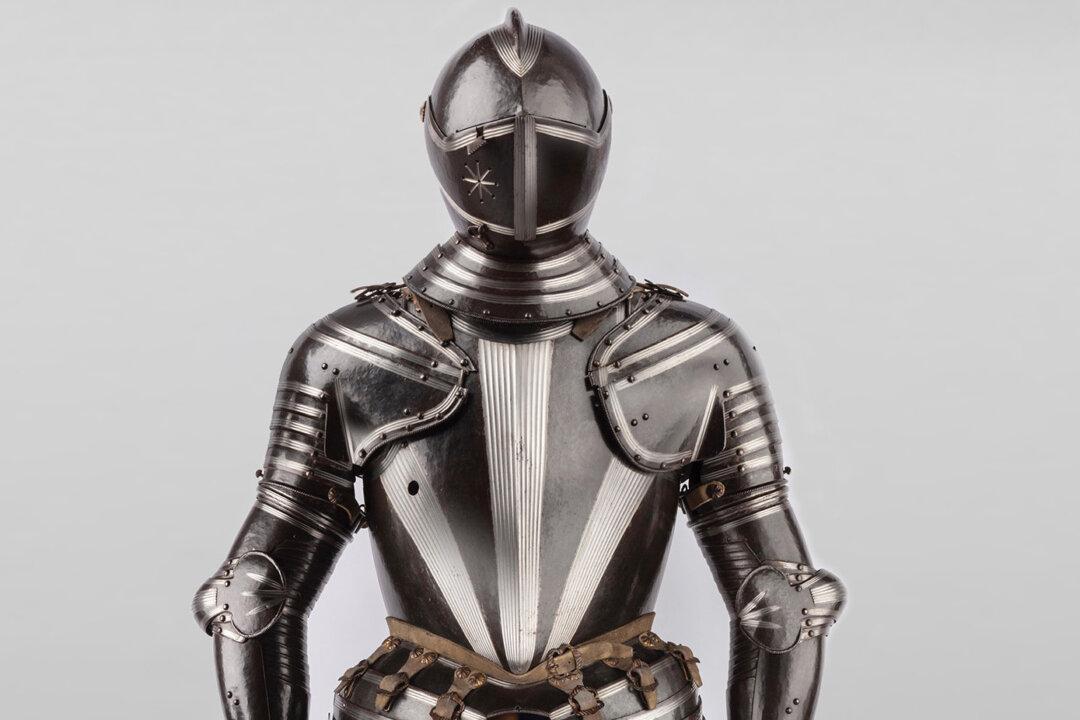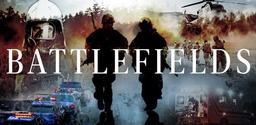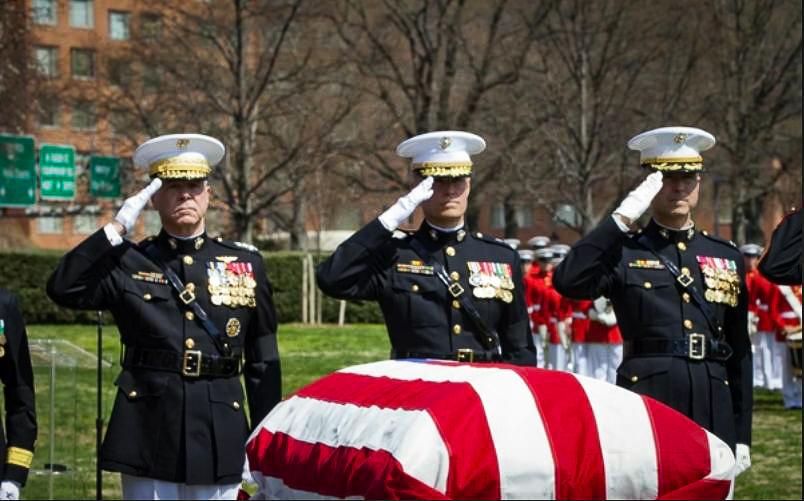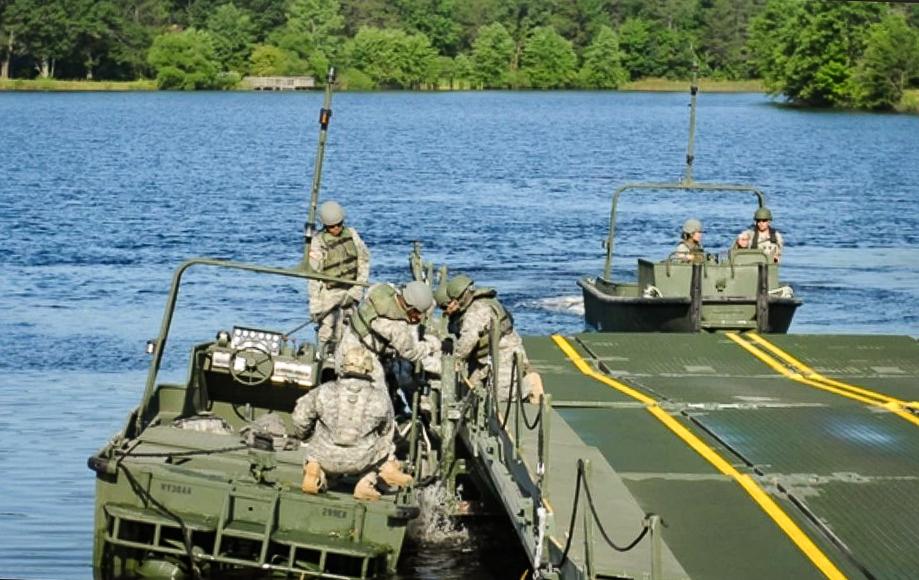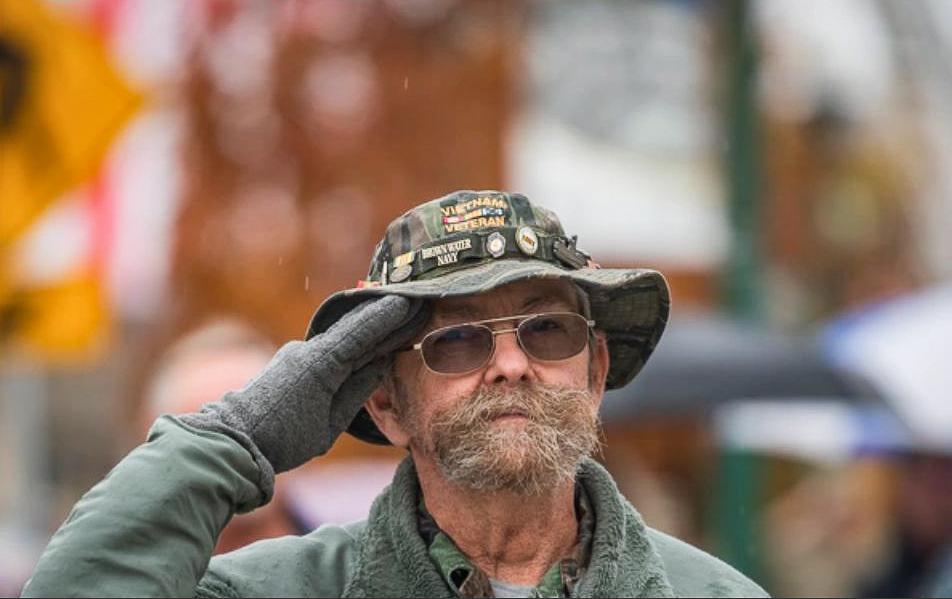Commentary
2016 04 29 Friday
It was day three of the Pacific Area Deck Landing Qualification roundup, PACAREA DLQs for short. We had less polite euphemisms to employ when the officers weren’t in earshot. PACAREA command decided to fly in six helicopter crews and four additional aircraft from all around the West Coast to certify them for cutter operations. For some of these crews, it was their first time landing on the postage stamp that is a 210 cutter’s flight deck. For others, was their first time landing on a boat, period. Every day from 1400 to around 0100 in the morning, we’d been launching and recovering aircraft. There were short breaks now and then while the crews switched out at the air station or shut down on deck for a meal aboard the cutter. Within an hour, we were back at it.
